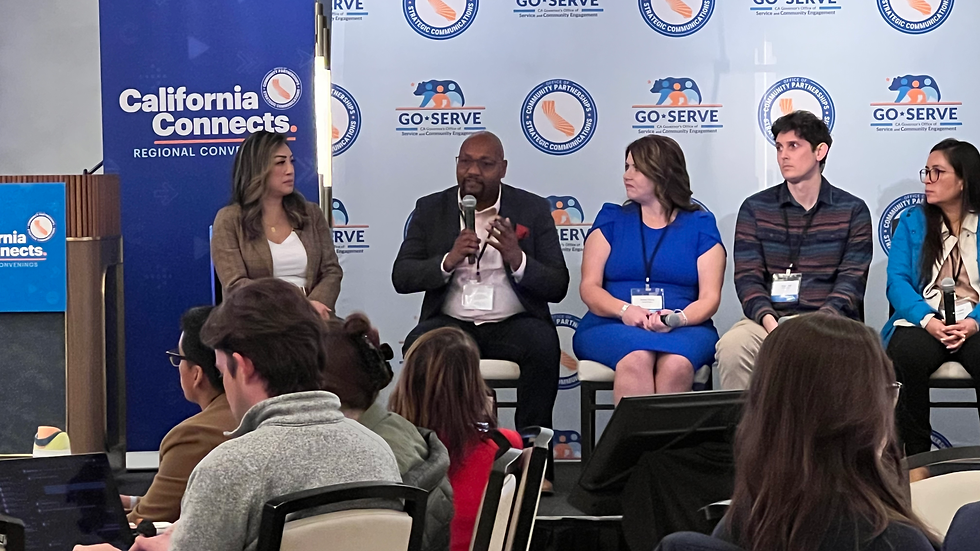Electric Vehicles: Are they truly the wave of the future?
- INFO-MD Staff

- Jul 9, 2018
- 3 min read

CENTRAL VALLEY, CALIFORNIA - Fifty years ago, "The Jetsons" cartoon predicted that people would be getting around in flying cars in the year 2062. That is still several years away, and for now, the wave of the future is electric vehicles; vehicles that you plug in instead of fueling up at a gas pump.
California is taking the lead in adopting electric vehicles and PG&E, a leading utility company, is working to ensure that no driver is left behind. Vincent Davis, PG&E's senior director of Customer Energy Solutions, says the cost of actually acquiring an electric vehicle is often a challenge for many of PG&E's customers. To alleviate some of this challenge, there a number of incentives being offered to help make purchasing an electric car a more affordable option.
"In the early stages of the electric vehicle, the cost of the vehicles themselves was a hurdle and then range and anxiety in terms of where people would charge, and being concerned about running out of electricity,” shared Davis. "We're starting to overcome those hurdles.”
In the Central Valley, PG&E has partnered with many non-profits including Valley Clean Air Now (Valley CAN). Committed to improving air quality in San Joaquin Valley, Valley CAN provides up to approximately $9,500 for local low-income homeowners to trade in their older vehicles for a used electric vehicle.
“(That’s) a pretty good incentive, if you add that on top of the other incentives that come with just purchasing an EV.” Davis said.
Other PG&E incentives include a Clean Fuel Rebate for residential customers who own electric vehicles.
“The rebate is part of the Low Carbon Fuel Standard incentive,” Davis said. “That fuel standard incentive is aimed at reducing transportation-related greenhouse emissions by adopting clean energy, like electricity for transportation, so it’s a $500 one-time rebate effectively for fuel switching,” he continued.
In 2012, California Gov. Jerry Brown signed an executive order “laying the foundation for 1.5 million zero-emission vehicles on California’s roadways by 2025.” This past January, Gov. Brown signed another executive order to further “boost the supply of zero-emission vehicles and charging and refueling stations in California.”
In efforts to expand electric vehicle transportation, PG&E is working with the public transit provider for Stockton and San Joaquin County on an electric vehicle pilot for long-term electric transportation needs. PG&E’s role for the pilot will be to test, analyze and compare the economics for charging at various times of the day using different models with and without battery storage.
In a press release earlier this summer, Ray Kuga, vice president of Grid Integration& Innovation at PG&E said, “There is a huge opportunity for electric transportation in California in the medium- to heavy-duty space. Through this pilot, we will test capabilities to make electric vehicles more viable for transit agencies while helping to connect underserved communities and make clean energy transportation options more accessible.”
Electric vehicle usage is increasing and evolving across the globe. In Sweden, a stretch of road charges EVs as drivers move across it. In Germany, Siemens and Volkswagen have announced plans to test overhead power lines in 2019 to aid long-haul truckers in charging their rigs. Davis said he wouldn’t be surprised to see similar advances in the United States.
“Whether or not you get to the point where people have vehicles that are flying, I don’t know about that, but I do think that the possibilities around electric vehicles are really significant,” he said.








Comments